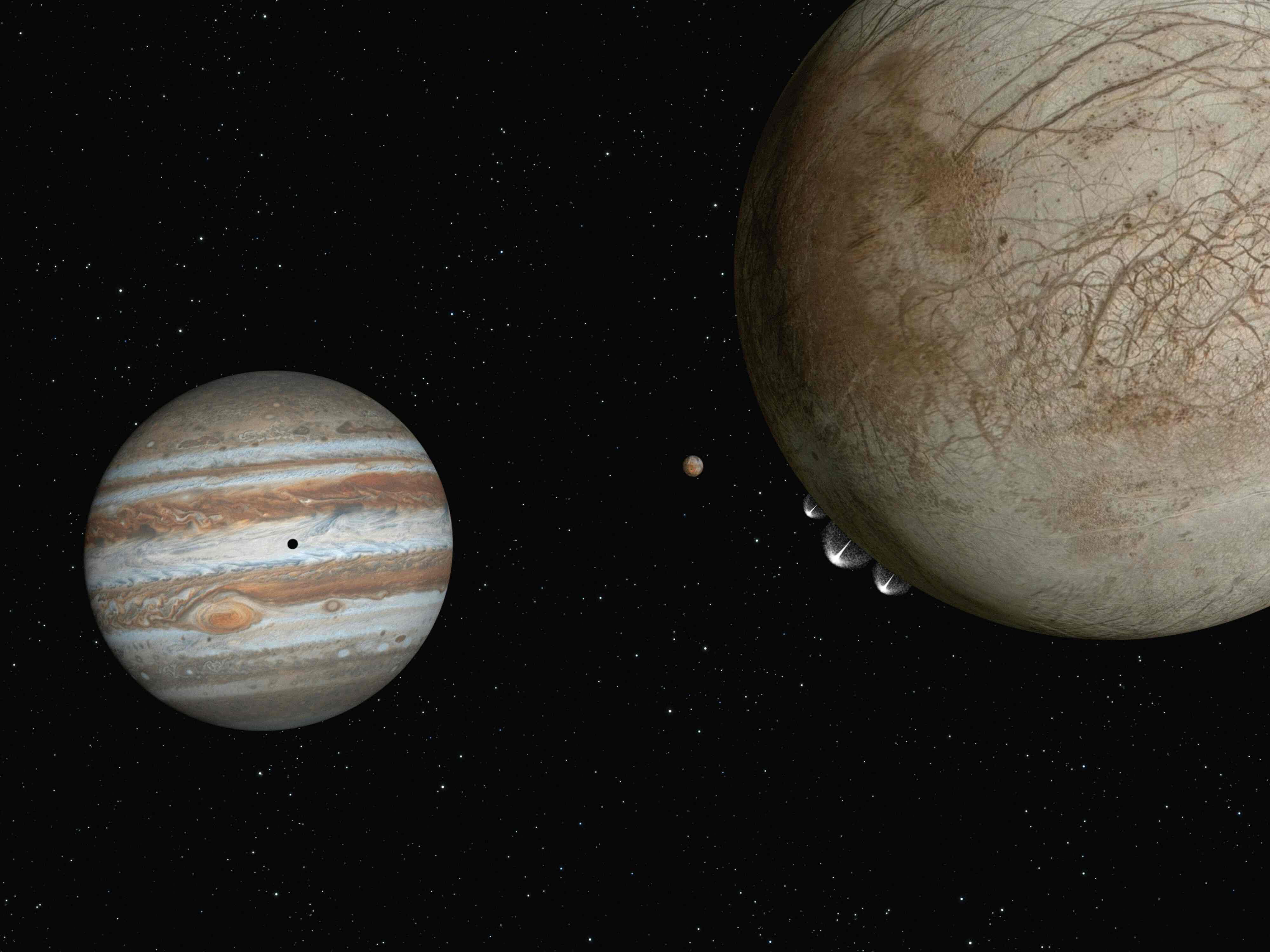On 14 October, NASA’s Europa Clipper, heading to Jupiter’s moon Europa, lifted off on a SpaceX launcher from Kennedy Space Center in Florida, USA. Being one of the most talked-about missions in the space industry at the moment, SSC is proud to announce its involvement through Space-to-Ground support via its SSC Connect ground station network.
SSC provided LEOP support for the mission’s initial phase in three steps via two ground locations. The launcher was first tracked from SSC’s ground station in Western Australia, and the spacecraft was then acquired the from the company’s ground station in Hawaii. SSC also tracked the launcher from Hawaii before and after separation.
SSC wants to extend a big thanks to all involved in the launch, and wishes for a continued success for this historic mission.
FACTS
Developed by NASA’s Jet Propulsion Laboratory (JPL) in partnership with JHUAPL in Laurel, Maryland, Europa Clipper is the first mission to focus solely on Europa, one of Jupiter’s many moons. The intent of the mission is to unravel the moon’s secrets and determine whether life could have emerged there.
- Mission Overview: Europa Clipper will travel 1.8 billion miles (2.9 billion km) to reach Jupiter by April 2030, and conduct 49 close flybys of Europa to study its icy shell, composition, and geology.
- Mission Objectives: The mission aims to determine the thickness of Europa’s ice shell, its interaction with the subsurface ocean, and investigate its astrobiological potential.
- Launch and Instruments: Launched onboard a SpaceX Falcon Heavy rocket, Europa Clipper is equipped with nine science instruments and the largest solar arrays used by NASA for an interplanetary mission.
Read more about the mission in NASA’s blogpost: https://www.nasa.gov/news-release/liftoff-nasas-europa-clipper-sails-toward-ocean-moon-of-jupiter/
See the launch again: https://www.youtube.com/watch?v=yV2IC7MExVo

